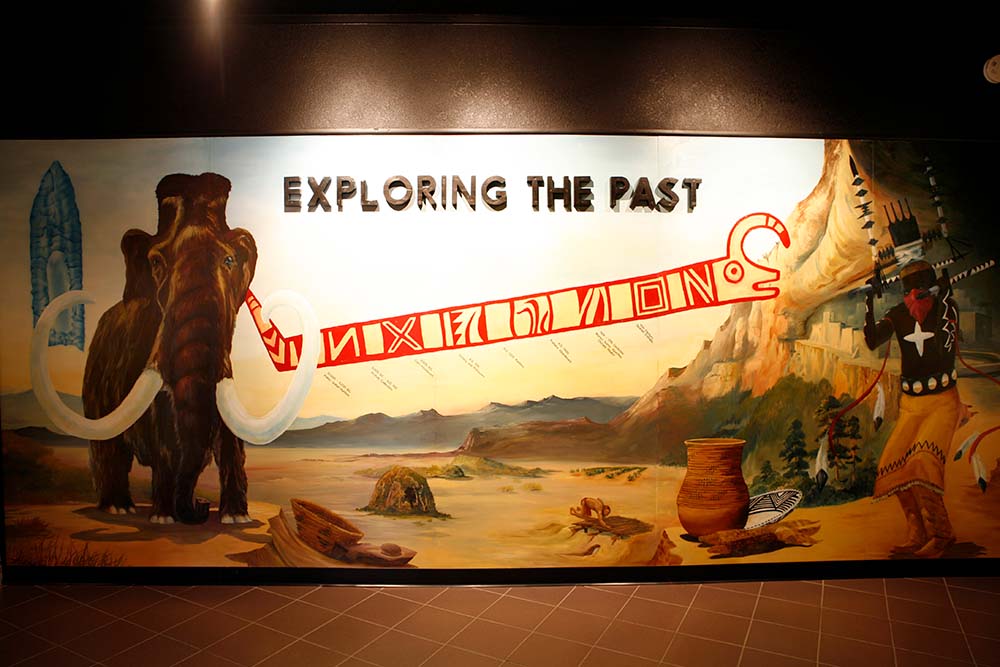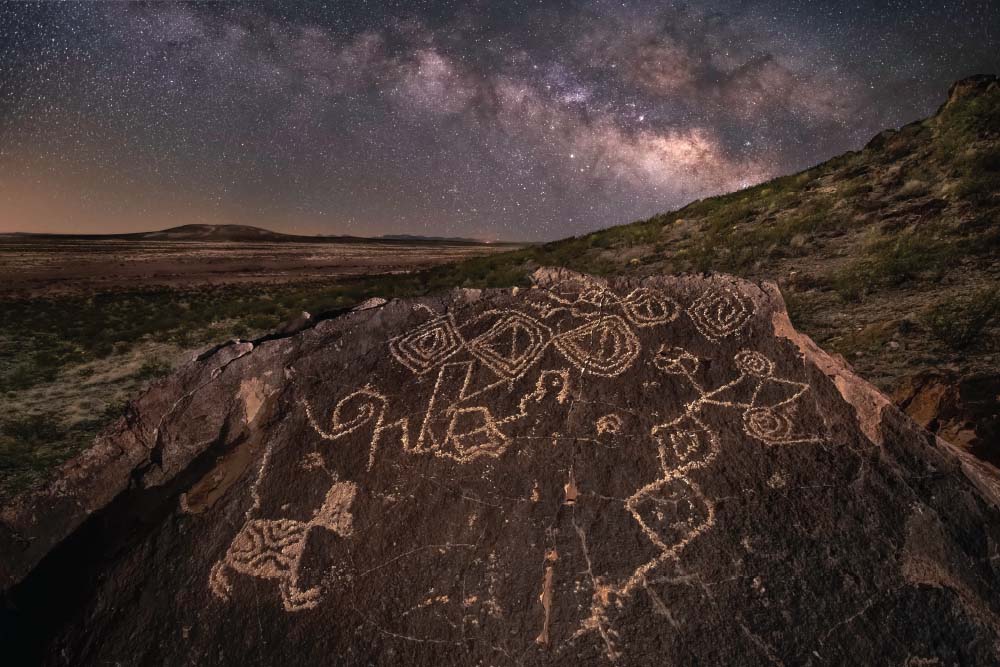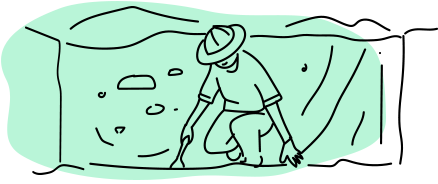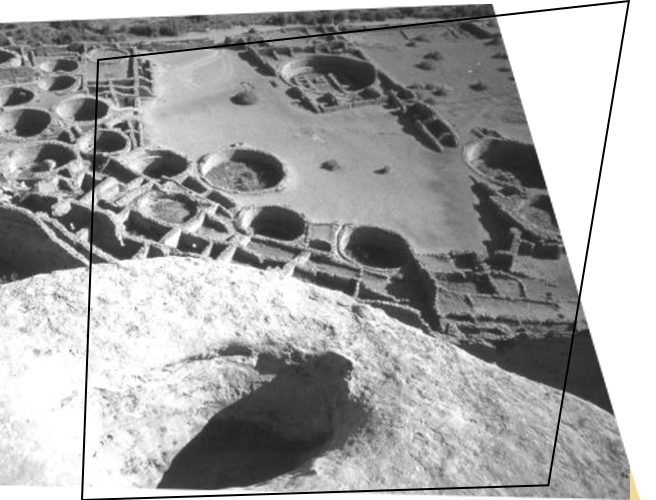
Look For Patterns
From these artifacts archaeologists build a model of what a culture was like. Archaeologists look for patterns in the artifacts they study that give them clues about how the people who made and used them lived. For instance, the way people made pottery in the southwest changed over time, reflecting their skill, different technologies used to produce it, the ways they used designs and other decorations, and how they used the pottery.

Kinds of Archaeology
There are several different kinds of archaeology: prehistoric, historic, classical, and underwater, to name a few. These often overlap. For example, when archaeologists studied the wreck of the Civil War ironclad, the Monitor, they were doing both historic and underwater archaeology. The two main types are prehistoric and historic archaeology. Prehistoric archaeology refers to the study of human prehistory, or the period of human history before written records existed. This comprises most of our human past. The human family can be traced back at least five million years. The first modern humans appeared about fifty thousand years ago. Human did not start writing things down until 5,200 years ago. That leaves many thousands of years of human experience that was not recorded.

Historic Archaeology
Historic archaeology studies that portion of the human past that has written records. While it shares many of the techniques used in prehistoric archaeology, written records give historic archaeology an advantage in it research. In Europe, archaeology is not a subfield of anthropology, but oh history. This is because most cultures in the Old World had written languages. But archaeologists in the New World did not have that resource, with the exception of Mesoamerican archaeologists studying the Maya whose hieroglyphic language has only recently been deciphered. Because of this difference, New World archaeologists have more in common with anthropologists than they do with historians in many cases. Classical archaeology may be considered a branch of historic archaeology that studies the ancient civilizations of Mesopotamia and the Mediterranean, including Greece and Rome. Egyptology can also be considered a branch of historic archaeology. In North America, historic archaeologists study colonial sites like Jamestown or Salem, or Civil War sites like the Gettysburg Battlefield.

Prehistoric Archaeology
Prehistoric archaeology has similar divisions. There are Paleoindian archaeologists who study the first populations that migrated to the Americas. There are Mesoamerican archaeologists, Southwestern archaeologists, South American archaeologists, and many more, who concentrate on specific cultures and time periods. But when all the various branches are boiled down, they all must rely on evidence from the archaeological record. This means artifacts, the place they were found, and with what they were found. Even in sites for which there are written records, there is a great deal of information left out. For instance, we have the dramatic accounts from the Roman historians about what happened at the ruins of Pompeii and Herculaneum when Vesuvius erupted, but it was not until archaeologists began to uncover Pompeii and Herculaneum that we really began to understand this catastrophic event and perhaps more importantly, how Romans lived their everyday lives.

